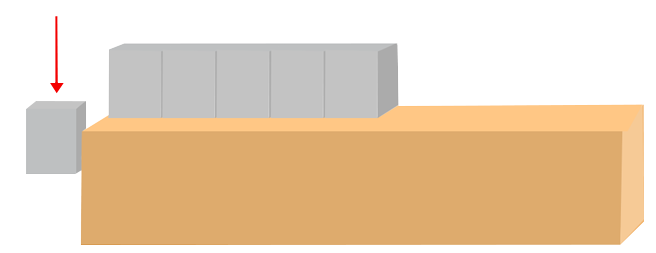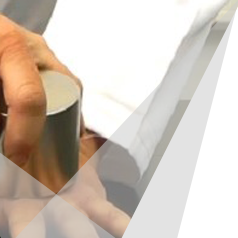Magnets can be extremely useful and have many benefits for a wide range of applications, but they do come with some hazards. If you place two magnets close to each other you will see them attract, in which they leap towards each other with great acceleration and then slam together.
All our magnets are tested, and each magnet is clearly labelled with its pull-strength and our stronger magnets are packaged alongside a warning brochure.
Neodymium magnets are amongst the strongest magnets in the world, and the force at which they attract could cause serious injury if safety precautions aren’t followed.
Lack of concentration is the single biggest cause of injury when handling magnets, but there are other factors to consider handling magnets safely.
Children
Children should never be allowed to play with or handle neodymium magnets.
Even the smallest magnets can cause blood blisters and cuts and our tiniest magnets can cause serious harm and injury if swallowed. If one or more magnets are swallowed, they can attract to each other through the wall of the intestines, get stuck and pinch the digestive track.
This can cause major swelling and even require life-threating surgery to be treated. So, all neodymium should be kept out the reach of children.

Crushing, cuts and blisters
Fingers can quickly become caught between magnets when they attract causing blood blisters or cuts. To avoid this, we advise to wear gloves when handling larger magnets, the larger the magnet the more damage it can cause so extra care must be taken.
The below video is a demonstration to showcase the power of extremely powerful neodymium magnets and the damage that can be caused if they are allowed to attract from a distance.
Please not we do not supply magnets of this size used in the video, however it is important to understand the dangers of magnets.

Electronics
Magnets should always be kept a safe distance, at least 10cm, away from objects that can be damaged by magnetism, also it’s key to remember neodymium magnets are 10 times stronger than some of our other magnets.
Everyday items such as mechanical watches, heart pacemakers, credit cards and several others are all items that can be affected by powerful magnets.

Separating
When separating a magnet, it is five times easier to slide a magnet from a ferrous surface rather than pull it off vertically.
Small magnets can usually be separated by hand, sliding one from other using a sideways motion. If your unable to separate the magnets by hand a good tip is to place the magnets overhanding the edge of a table/desk and slide one vertically downwards.
Once separated, keep the free magnet moving away until at a safe distance to avoid any snapping back. For larger magnets you will require a device known as a magnet splitter or separator jig.
These devices come in a variety of forms but the component which is consistent across every design is the non-magnetic handle which is used to push one magnet from the other.
.
.
.

Our warning sheets can be seen and downloaded from the button below.


